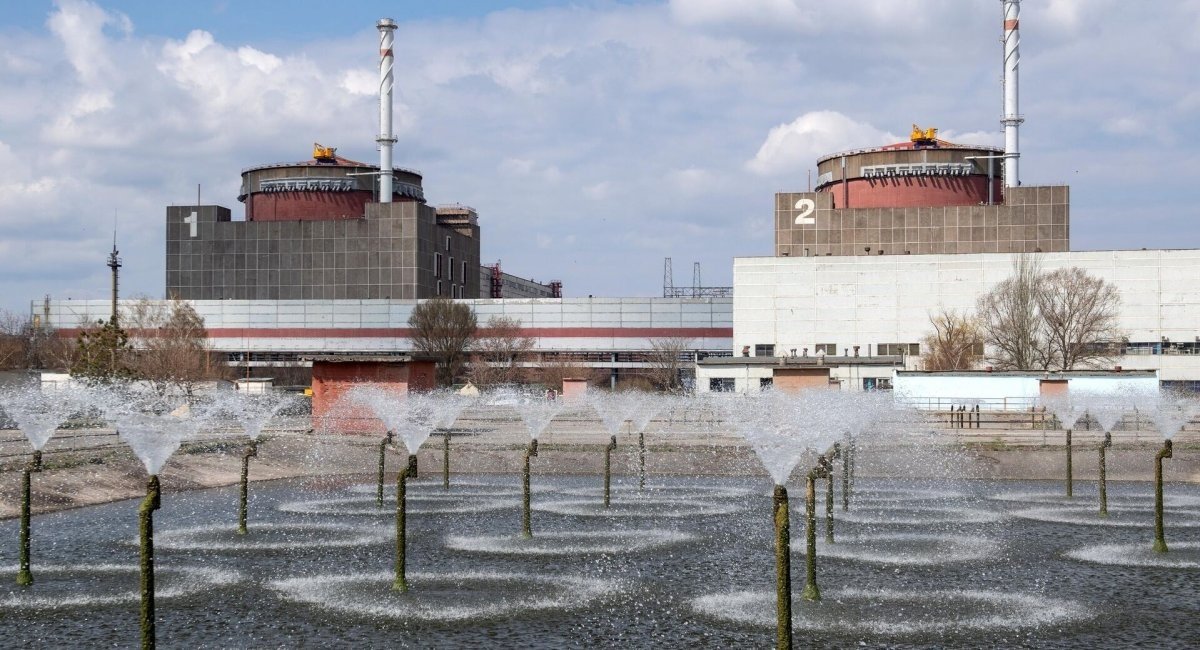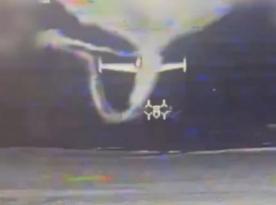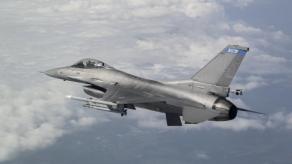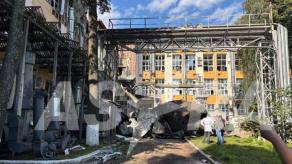The potential consequences of a deliberate hindrance in the operation of Ukraine's Zaporizhzhia nuclear power plant with radiation leakage, could become a catastrophe not for Ukraine only. Such a terrorist attack is already being prepared by russia, President Zelenskyi and intelligence says.
Back in summer 2022, this possibility was raised as a real threat, Ukrainian official agencies started to assess all the aftermath such an act would cause based on the data gathered after the disaster at Chornobyl NPP in the 20th century. A prognosis was prepared by the State Agency of Ukraine on Exclusion Zone Management.
Read more: 'Wagner' Militants Planted Explosives at Zaporizhzhia Nuclear Plant, When russian Troops Refused to Do That
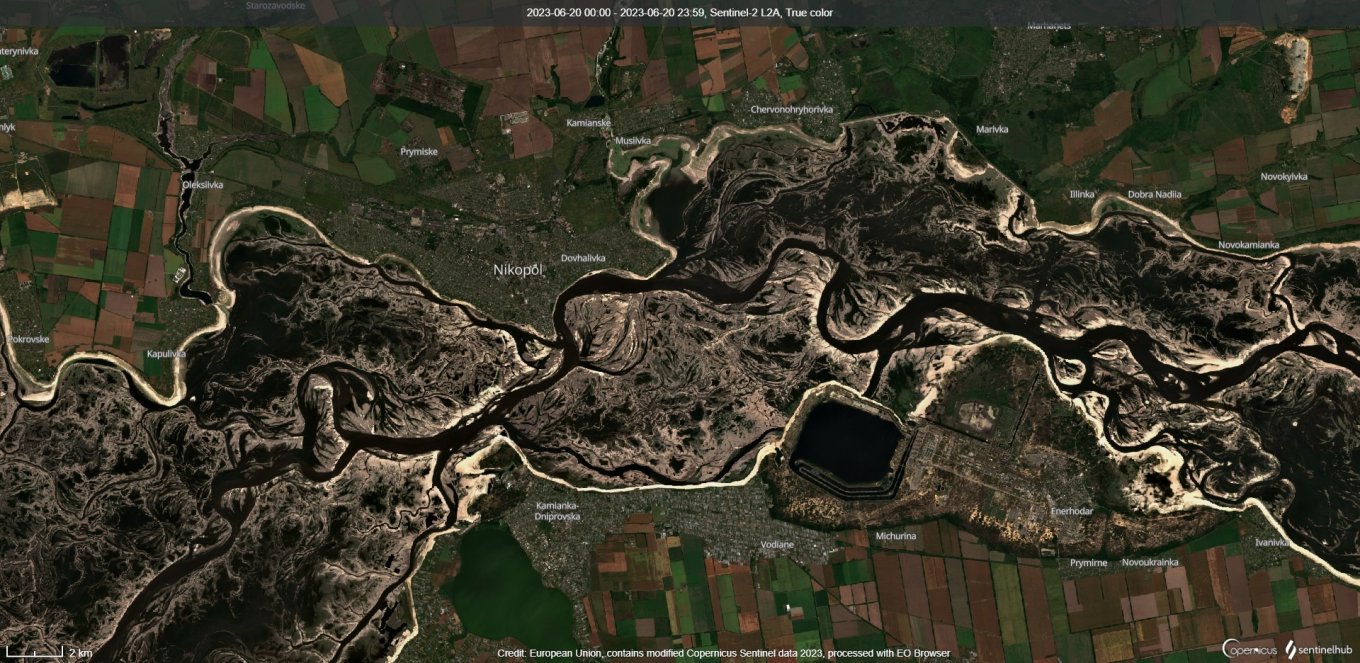
The area of contaminated territory would be up to 2 mln square kilometers (almost half a billion acres), this equals three times the territory of Ukraine, or 10 times the Chornobyl Exclusion Zone. It would cover the almost entire south of Ukraine, leading to over 2 million evacuated, about ten thousands deceased.
Also, the Agency disclosed data on the number of fuel assemblies in the six reactors at ZNPP and in the storage of spent nuclear fuel – 18,000, which is four times the number of assemblies in the 4th unit of Chornobyl NPP in 1986.
In turn, a nuclear specialist at the National Academy of Sciences of Ukraine Ivan Kovalets and the State Scientific and Technical Center for Nuclear and Radiation Safety made a mathematical simulation of a milder scenario that happens in case the system is put out of order. The modeling result shows the total radiation doses, the "severe" values begin from 1E0-1E1 – over 1 mSv.

But this simulation was made based on the wind direction at that particular moment. Currently, according to the relevant near-future forecasts, the wind direction at high altitudes (those are the most important when it comes to nuclear fallout spreading over large distances) is variable at 10 km above. Now it blows to the south, and it can change direction toward the southeast by Saturday and onward.
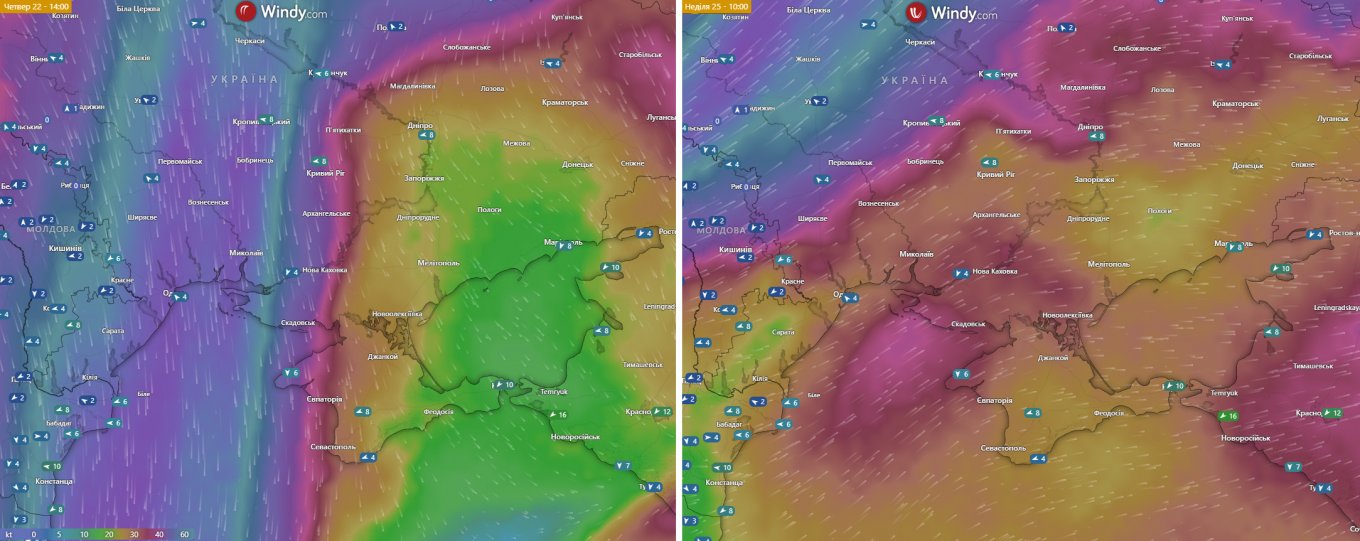
If it moves to the south, the fallout could reach not only the territories of Ukraine but Turkiye as well. It also puts the Krasnodar Krai of russia at risk, too.
And in the midst of all of it, the official report by IAEA looks very interesting. This document was released on June 21, it says a few safety problems were seen by the mission dispatched to the ZNPP after the Kakhovska dam was blown up by russians. One of them is that due to the dam being destroyed and the water reservoir depleted, there is a concern regarding the plant cooling.
ZNPP takes water from a special pond that was connected to the reservoir, then the water goes into spray ponds that provide cooling for six stopped reactors and the spent fuel storage. The level of water in this special pond is 17 meters (56 feet) dropping 10 cm a day. It will suffice "for many weeks", it also still refills by taking groundwater from the drainage system. In addition, there are options for pumping water in.
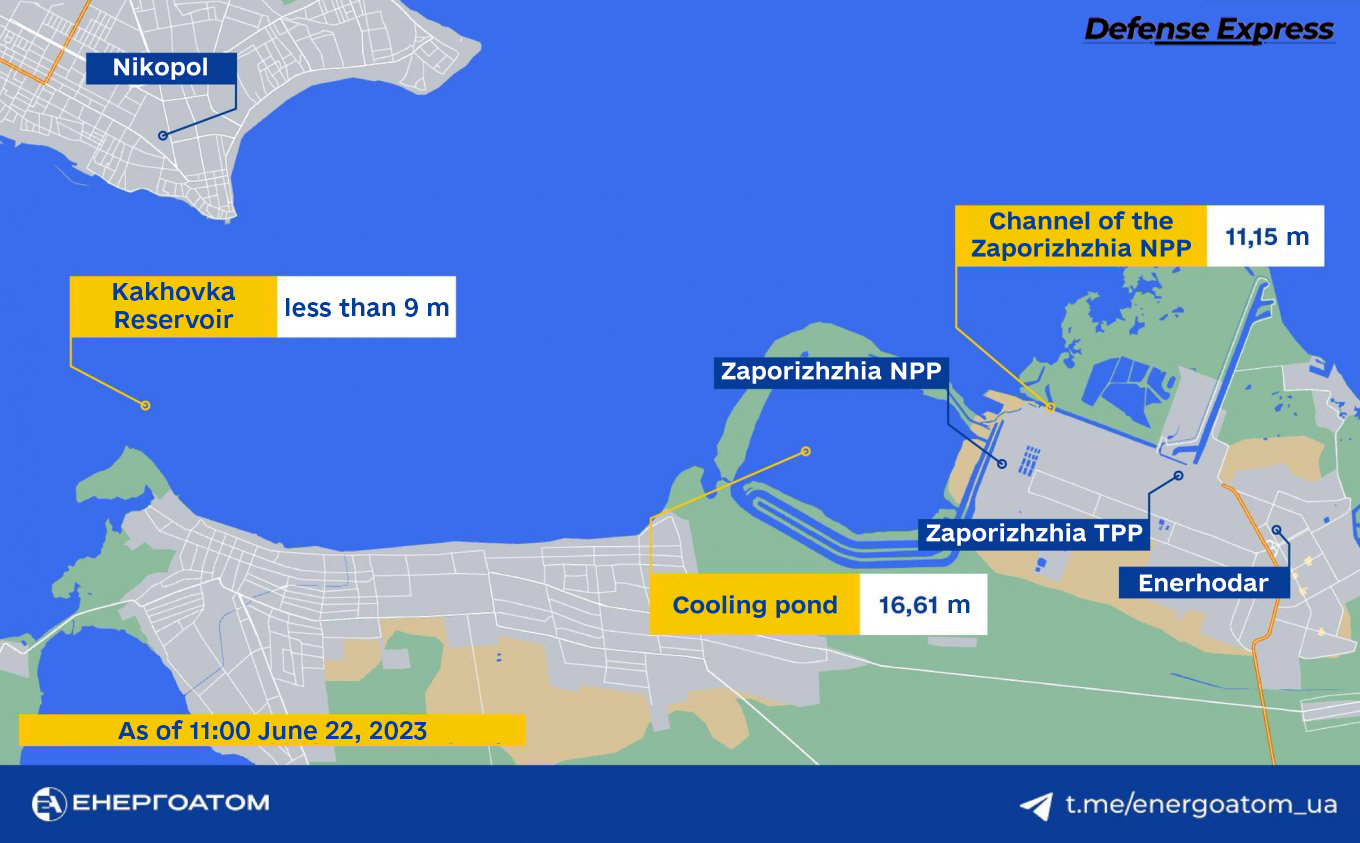
Another threat is that there is only one operational power line left out of four, and reactor cooling is dependent on it. If it the power supply via this line is cut off, the shut down nuclear station switches over to backup power generators which need to be fueled and maintained, too.
As for the threat of the plant being mined, here's just the quote from the official statement: "The IAEA is aware of reports of mines having been placed near the cooling pond. No mines were observed at the site during the Director General’s visit, including the cooling pond. However, the IAEA is aware of previous placement of mines outside the plant perimeter, which the Agency has previously reported, and also at particular places inside - which security personnel at the plant explained were for defensive purposes."
"Our assessment of those particular placements was that while the presence of any explosive device is not in line with safety standards, the main safety functions of the facility would not be significantly affected. We are following the issue with great attention," said IEIA Director General Grossi after attending the ZNPP. On the part of Defense Express, we shall leave this statement without any further commentary.
Read more: Ukraine's Defense Intelligence Says russia Planning Large-Scale Provocation at occupied Zaporizhzhia NPP




